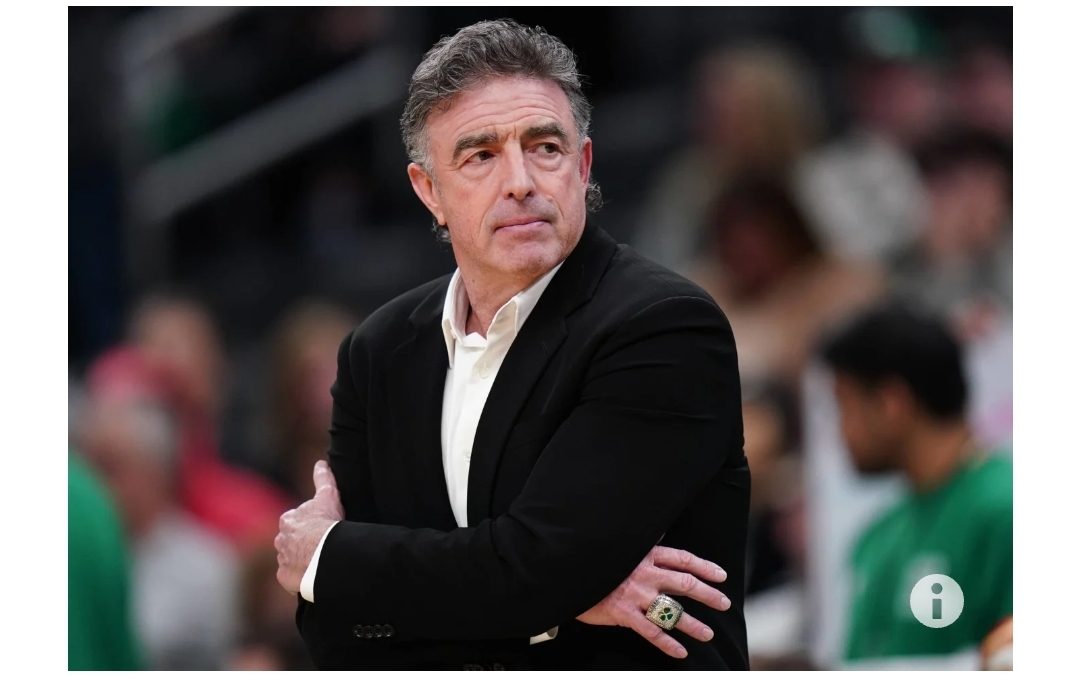The Boston Celtics are currently navigating a complex landscape shaped by recent ownership changes and stringent NBA salary cap regulations. Following the record-breaking $6.1 billion sale of the team to Bill Chisholm, co-founder of Symphony Technology Group, the franchise faces challenges that may influence its pursuit of sustained dominance.
Record Sale and Immediate Implications
The acquisition by Chisholm, a Massachusetts native and lifelong Celtics fan, surpasses the previous U.S. sports team record of $6.05 billion paid for the NFL’s Washington Commanders in 2023. Current owner Wyc Grousbeck will remain as the team’s “governor” until 2028, providing continuity during this transition.
Navigating the Second Tax Apron
A pressing concern for the Celtics is their status above the NBA’s second tax apron—a threshold that imposes significant roster-building restrictions. Operating over this apron limits the team’s flexibility in making certain roster moves and affects draft pick tradability. Grousbeck predicts that no team will remain above the second apron for more than two years in the coming decades, suggesting a strategic reevaluation may be necessary.
Financial Commitments and Dynasty Aspirations
The Celtics’ current roster, featuring stars like Jayson Tatum, Jaylen Brown, and Kristaps Porziņģis, comes with substantial financial obligations. The team’s payroll, exceeding $246 million this season, poses challenges under the existing salary cap structure. Sustaining a championship-contending team under these financial constraints requires strategic roster management and may impact the pursuit of a prolonged dynasty.
Looking Ahead
As the Celtics adapt to new ownership and navigate the complexities of salary cap regulations, their ability to balance financial constraints with on-court success will be tested. The upcoming offseason will be critical in shaping the team’s trajectory, as they seek to maintain competitiveness while adhering to the league’s financial frameworks.















